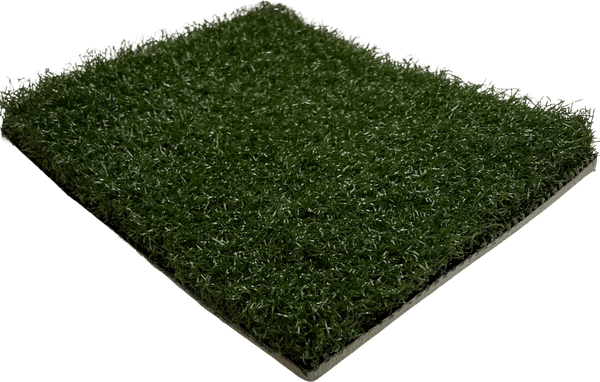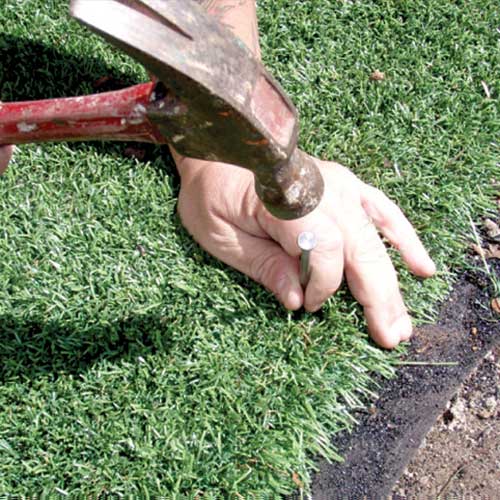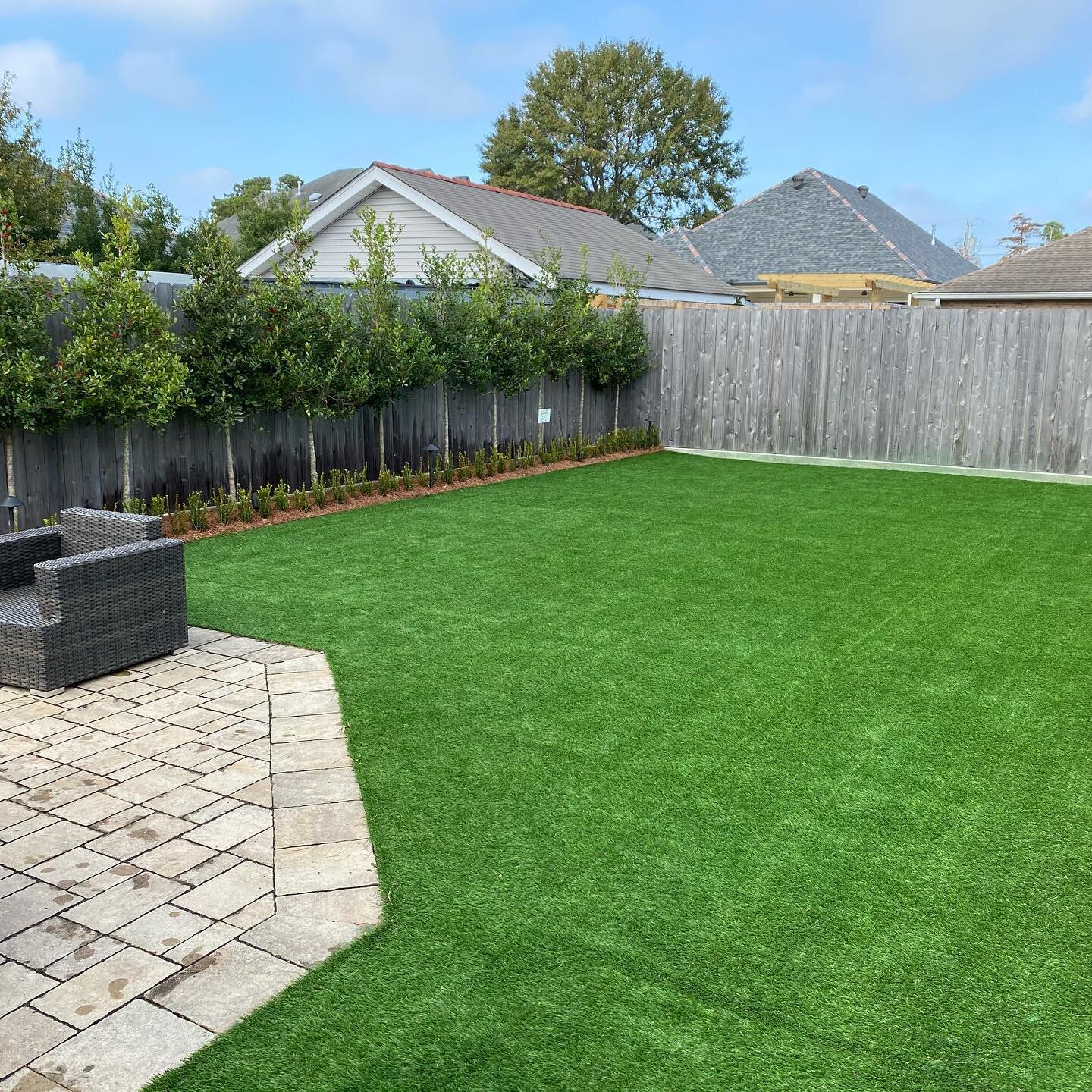Delve Into the Environmental Benefits of Opting for Artificial Turf Solutions
The adoption of fabricated lawn remedies offers an engaging possibility to address pushing ecological obstacles. By significantly decreasing water usage and reducing the application of hazardous chemicals, these alternatives not only promote sustainable landscaping but also protect local environments. The lower carbon footprint linked with reduced upkeep activities adds to an extra sustainable method to land management. Nonetheless, the ramifications of these benefits extend past plain preservation efforts, questioning about their long-term influence on habitat preservation and overall eco-friendly balance. Checking out these measurements reveals a complicated interaction worth considering.
Water Conservation Benefits
One of the most substantial advantages of artificial turf is its capacity to preserve water. In comparison, fabricated grass does not need watering, considerably decreasing the overall need for water resources.
By removing the requirement for regular watering, synthetic grass adds to sustainable landscape techniques and helps alleviate the environmental effect of excessive water usage. The preservation of water extends to the decrease of drainage, which can lead to dirt erosion and river air pollution.
In addition, the installment of synthetic grass allows home owners and districts to designate water resources much more effectively, concentrating on necessary uses such as drinking water and agriculture. The shift in the direction of synthetic grass not only promotes liable water use yet also aligns with broader environmental objectives intended at protecting natural deposits.
As neighborhoods increasingly prioritize sustainability, the water conservation benefits of synthetic grass offer an engaging situation for its adoption in household and business landscape design tasks.
Reduced Chemical Use
The shift to man-made lawn significantly lowers the dependence on chemical treatments typically utilized in natural yard upkeep. Conventional turf monitoring typically involves the application of pesticides, herbicides, and plant foods to promote development and control pests. These chemicals can posture dangers to human health, neighborhood wild animals, and the atmosphere, adding to soil and water contamination.
In contrast, man-made grass removes the demand for these hazardous substances. By lessening the release of synthetic compounds into the ecological community, man-made lawn promotes much healthier dirt and water systems.
In addition, the absence of chemical drainage connected with synthetic grass installations assists secure neighborhood rivers from contamination, supporting water life and preserving biodiversity. Turf installation phoenix az. As neighborhoods increasingly prioritize lasting practices, selecting man-made lawn provides a sensible option that lines up with ecological conservation objectives. With this shift, homeowner can delight in lush green areas without endangering ecological wellness, leading the way for an extra lasting future
Lower Carbon Footprint

Moreover, the setup of synthetic grass can cause significant water conservation. All-natural grass call for substantial amounts of water for irrigation, which not only includes in the carbon footprint connected with water removal and therapy but additionally stress local water resources. On the other hand, synthetic grass needs minimal maintenance, requiring no watering, therefore significantly decreasing water usage and its connected power costs.
Additionally, the long life of synthetic turf adds to its decreased carbon influence. With a life expectancy of as much as 15 years or more, the demand for browse around this web-site regular substitutes is lessened, leading to less waste and reduced power consumption in manufacturing and taking care of standard yard alternatives. Generally, synthetic grass provides a sustainable option for ecologically conscious landscape design.
Habitat Preservation
Environment conservation is an essential factor to consider in the debate over landscape design selections, especially when contrasting synthetic turf to all-natural turf. All-natural lawn lawns usually need comprehensive upkeep, including using pesticides, fertilizers, and herbicides, which can negatively impact neighborhood environments. These chemicals can seep into the dirt and rivers, harming native flora and fauna and interrupting local habitats.
In comparison, synthetic grass provides an opportunity to decrease the eco-friendly footprint of landscape design. By going with artificial turf, property owners can reduce the disruption of all-natural environments associated with typical lawn care practices. Synthetic grass removes the requirement for damaging chemicals, thereby safeguarding neighboring wildlife and preserving the honesty of bordering communities. Furthermore, the installation of synthetic turf can result in the conversion of former turf areas right into even more biodiverse landscapes, such as pollinator gardens or native plant locations, which can sustain regional wild animals.
Inevitably, the shift to fabricated lawn not just saves water and decreases maintenance initiatives however likewise promotes a much more harmonious connection in between human tasks and the all-natural setting, promoting environment preservation in the procedure.
Long-Term Sustainability
Long-lasting sustainability is an essential variable in examining the advantages of synthetic grass over typical grass yards. One of one of the most significant benefits of synthetic grass is its longevity; it can last up to 15-20 years with very little upkeep, whereas natural turf needs pop over to these guys frequent reseeding and replacement. This durability minimizes the need for constant resources, such as water, fertilizers, and chemicals, which are important for preserving a healthy and balanced turf lawn.
In addition, synthetic grass adds to a decrease in carbon emissions connected with lawn treatment tools. Standard yards frequently call for gas-powered lawn mowers, leaners, and blowers, every one of which contribute to air pollution. Artificial turf companies phoenix. In contrast, man-made turf gets rid of the need for such tools, promoting a cleaner atmosphere
In addition, the production of synthetic grass significantly uses recycled products, boosting its sustainability profile. As producers embrace environmentally friendly techniques, the environmental impact of synthetic grass remains to lessen.

Conclusion
The adoption of artificial grass options offers substantial ecological benefits, including significant water preservation, decreased dependence on damaging chemicals, and a lower carbon impact. Synthetic turf help in maintaining all-natural habitats by reducing land disturbance and promoting long-term sustainability with the use of resilient products. Collectively, these factors underscore the possibility of man-made lawn to add positively to ecological wellness and use a sensible option to conventional landscaping techniques in a significantly resource-conscious globe.
In contrast, artificial lawn does not need watering, substantially decreasing the overall need for water resources. By decreasing the launch of synthetic substances into the ecological community, man-made turf advertises healthier dirt and water systems.
Additionally, the installment of man-made turf can result in significant water conservation. In comparison, synthetic lawn needs marginal maintenance, calling for no watering, therefore considerably lowering water usage and its connected power expenses.
